South Carolina
The Orangeburg Massacre
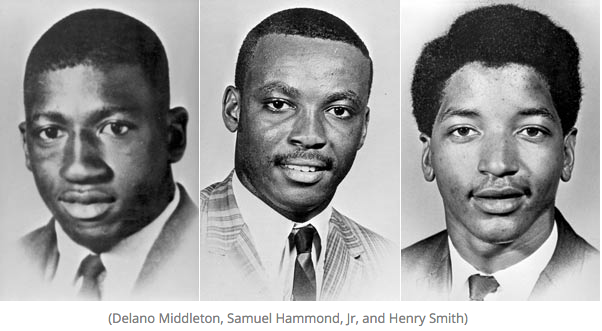
The Orangeburg Massacre was a tragic event that occurred on February 8, 1968, in Orangeburg, South Carolina. It was a violent clash between law enforcement officers and students from the historically black South Carolina State College (now South Carolina State University), resulting in the deaths of three young African Americans and the injury of 27 others. The incident is considered one of the darkest moments in American history, and it serves as a stark reminder of the deep-seated racial tensions and injustices that have plagued this nation for centuries.
The roots of the Orangeburg Massacre can be traced back to the Civil Rights Movement of the 1960s. At that time, African Americans across the country were fighting for equal rights and an end to racial discrimination. In South Carolina, there were a series of protests and demonstrations, including sit-ins and marches, that challenged segregation and discrimination in public facilities, such as schools, restaurants, and hospitals. The students at South Carolina State College were among those who participated in these protests.
On the night of February 8, 1968, a group of approximately 200 students gathered on the campus of South Carolina State College to protest the segregation of a nearby bowling alley. The protest was initially peaceful, with the students singing and chanting as they marched towards the bowling alley. However, tensions began to escalate when a group of state troopers arrived on the scene.
The troopers, armed with shotguns and riot gear, formed a line to prevent the protesters from entering the bowling alley. The students, who were unarmed, began throwing rocks and other objects at the troopers. In response, the troopers fired into the crowd, killing three students and injuring dozens of others. Many of the wounded were shot in the back as they were fleeing the scene.
The victims of the Orangeburg Massacre were Samuel Hammond Jr., a 19-year-old student at South Carolina State College; Delano Middleton, an 18-year-old high school student who was visiting campus; and Henry Smith, a 19-year-old student at Wilkinson High School. All three were unarmed and posed no threat to the troopers. Their deaths were a senseless tragedy that left their families and the African American community reeling with grief and anger.
In the aftermath of the Orangeburg Massacre, there was widespread outrage and condemnation of the state troopers’ actions. However, the government response was slow and inadequate. It took over a year for the officers involved to be indicted, and even then, they were only charged with a misdemeanor. They were acquitted of all charges in 1970.
The Orangeburg Massacre was a deeply disturbing event that demonstrated the violence and injustice that black people faced during the Civil Rights Movement. It was a reminder that, despite the progress that had been made, racism and discrimination were still deeply entrenched in American society. The tragedy also highlighted the brutality of law enforcement and the need for police reform.
Today, the Orangeburg Massacre is remembered as a symbol of the struggle for civil rights and racial justice. The victims are honored as martyrs who gave their lives in the pursuit of freedom and equality. Their sacrifice is a reminder that we must continue to fight for a world where all people are treated with dignity and respect, regardless of their race or background. The Orangeburg Massacre was an evil act that must never be forgotten, and its lessons must continue to be learned and heeded.
The news conference was conducted in Columbia the next day by Governor Robert McNair. McNair, who was elected a year prior with 99% of the black vote in the state, lamented that the shootings had tarnished South Carolina’s “reputation for racial peace” and termed it “one of the darkest days in the history of South Carolina.”
McNair did not order a state inquiry, but he did urge the FBI to look into the shootings the day after they happened. The FBI’s efforts to bring about justice have been highly criticized, and Chief Strom was a close colleague of former FBI director J. Edgar Hoover. Strom was McNair’s at-will employee; he was never charged with any wrongdoing. McNair recognizes blame in his 2006 book, where he accepts responsibility for the events of that night. Decades later, he continued to regret the effect the slaughter had had on the white law enforcement officials there, stating, “They are devastated and concerned about what occurred.”
Despite occurring only two years before the Kent State shooting, the Orangeburg Massacre was largely ignored by the media. This was due in part to initial reports blaming students and outside agitators for the violence, and in part to the fact that the young people involved were black rather than white. The arrest of Cleveland Sellers, a native of Bamberg County and a former program director for the Student Nonviolent Coordinating Committee, brings him to the age of 23. Two-and-a-half-years later, he was convicted and sentenced to a year in jail. Conversely, all of the law enforcement officers involved were exonerated.
Sellers, who had been shot during the attack, was pardoned in 1993 — over 25 years later – after evidence revealed he was innocent. In the next years, he went on to acquire a master’s degree from Harvard and a doctorate from the University of North Carolina at Greensboro. He led Voorhees College (Update: became Voorhees University in April 2022) in his native Denmark for eight years until resigning in 2016 owing to health issues.
No formal investigation has ever been conducted into the Orangeburg Massacre in South Carolina, and some have said that this lack of closure has prevented the state from fully recovering from a deep wound. South Carolina’s state legislature has repeatedly avoided voting on a motion to launch a state inquiry and designate February 8th as an annual day of mourning. Former House Judiciary Committee Chairman Jim Harrison put it this way: “I’m curious as to the end result. I support it if it would help South Carolina develop further. To be honest, I don’t see the point if it’s just going to bring up old grievances and sour feelings.”
Even the FBI said they wouldn’t resume their inquiry in 2007. Despite public expressions of remorse from governors Jim Hodges and Mark Sanford, none of the nine policemen involved have gotten even an informal reprimand.

-

 States2 weeks ago
States2 weeks agoPearlie Golden 93-Year-Old Black Woman Shot By Texas Cop
-

 States2 weeks ago
States2 weeks agoLayers Of Racial Tension The Mario Woods Tragedy And San Francisco Path To Justice
-

 States2 weeks ago
States2 weeks agoTragedy Unveils Racial Tensions Tarika Wilson Story
-

 States2 weeks ago
States2 weeks agoLynching Of Thomas Shipp Tragedy Of Racism Echoes Through History
-

 States2 weeks ago
States2 weeks agoThe Killing Of Terence Crutcher And The Fight For Racial Justice












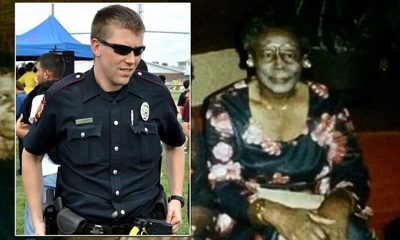
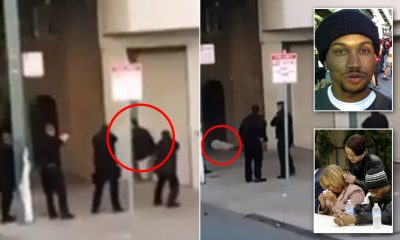

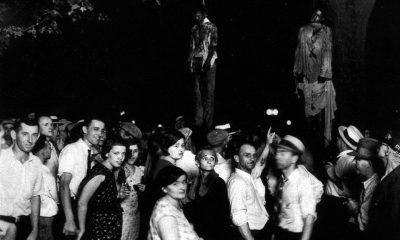
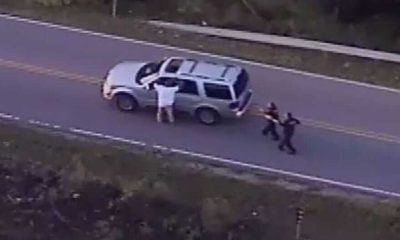
You must be logged in to post a comment Login